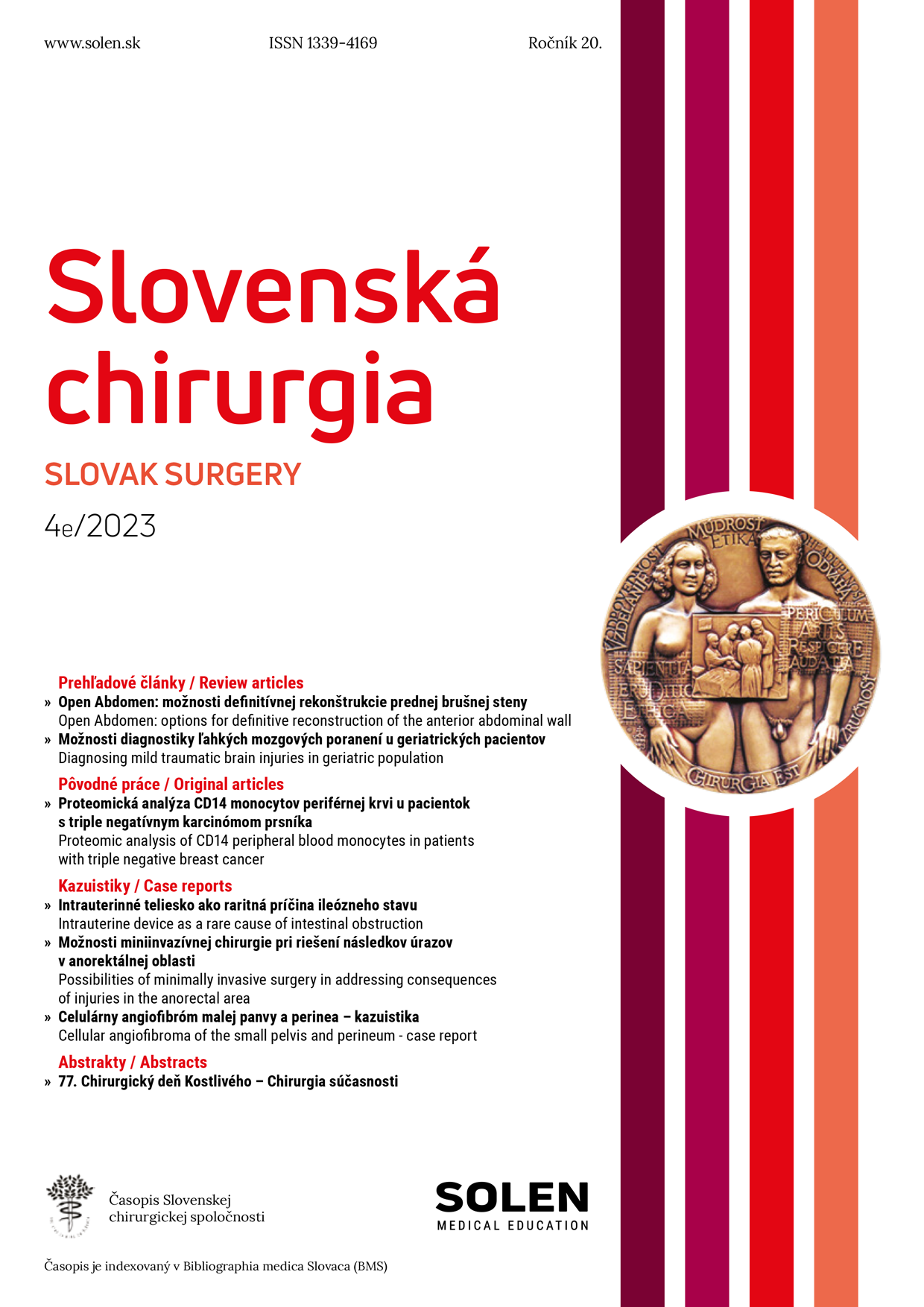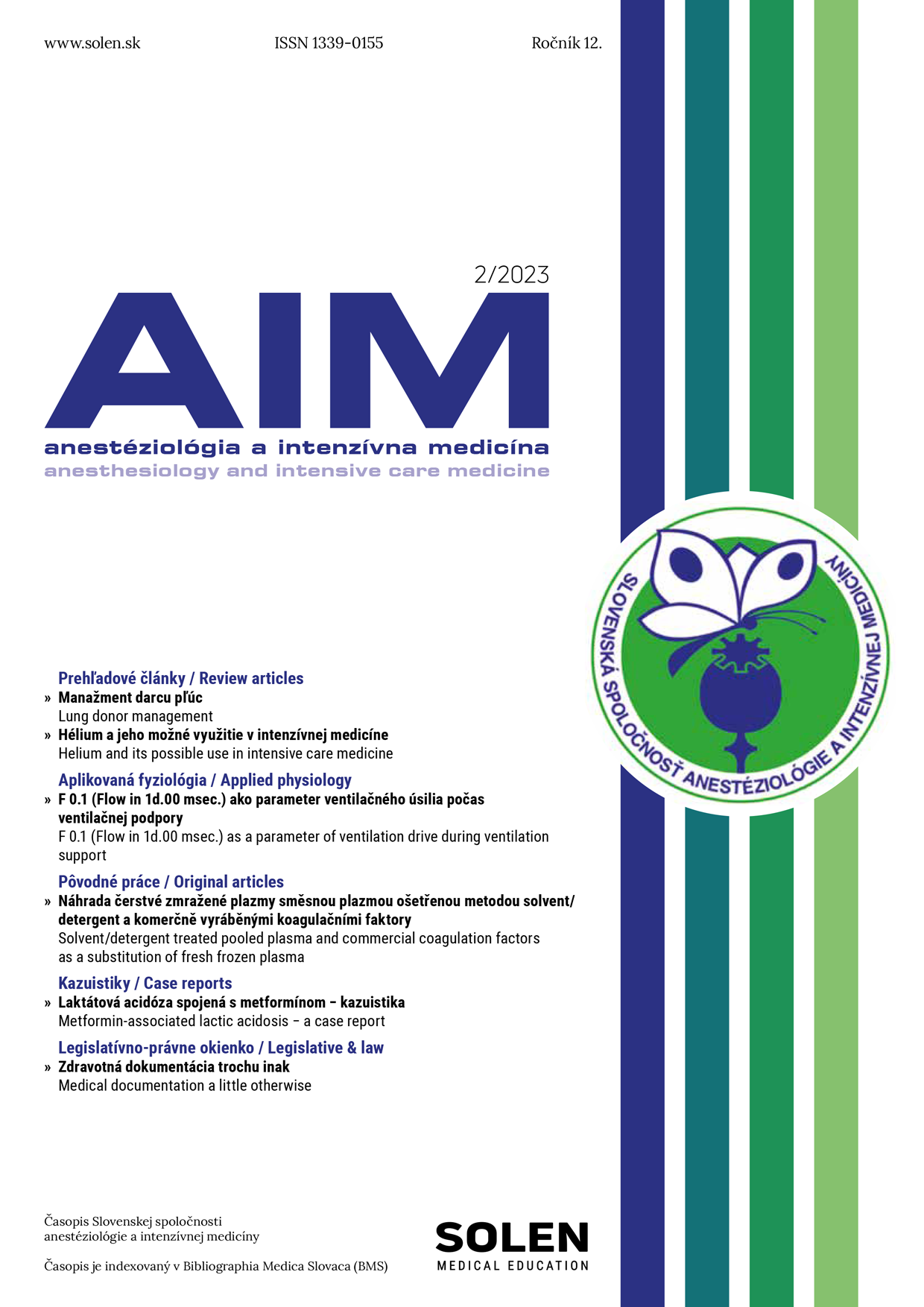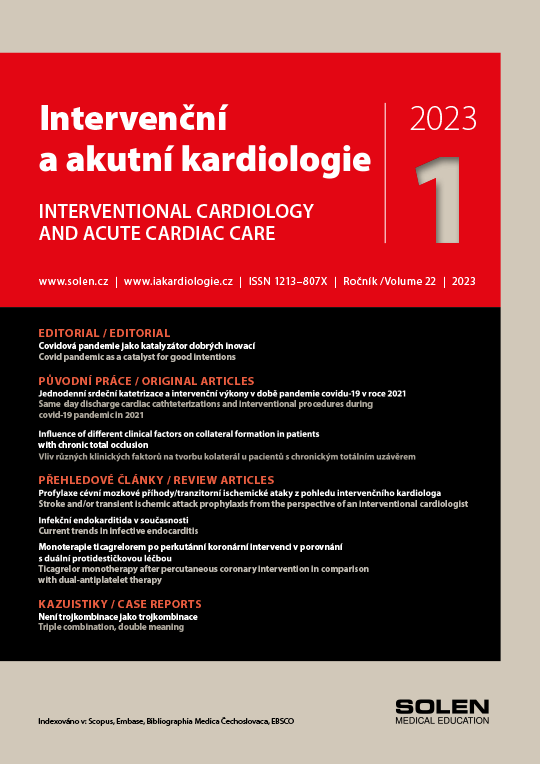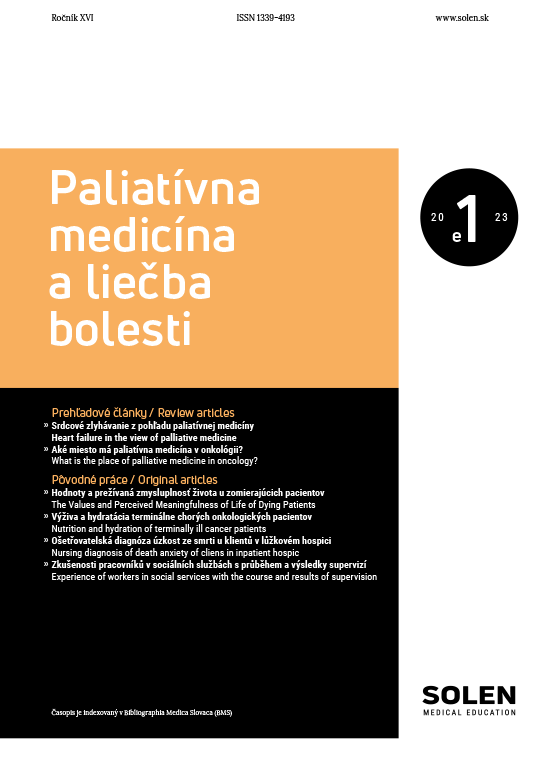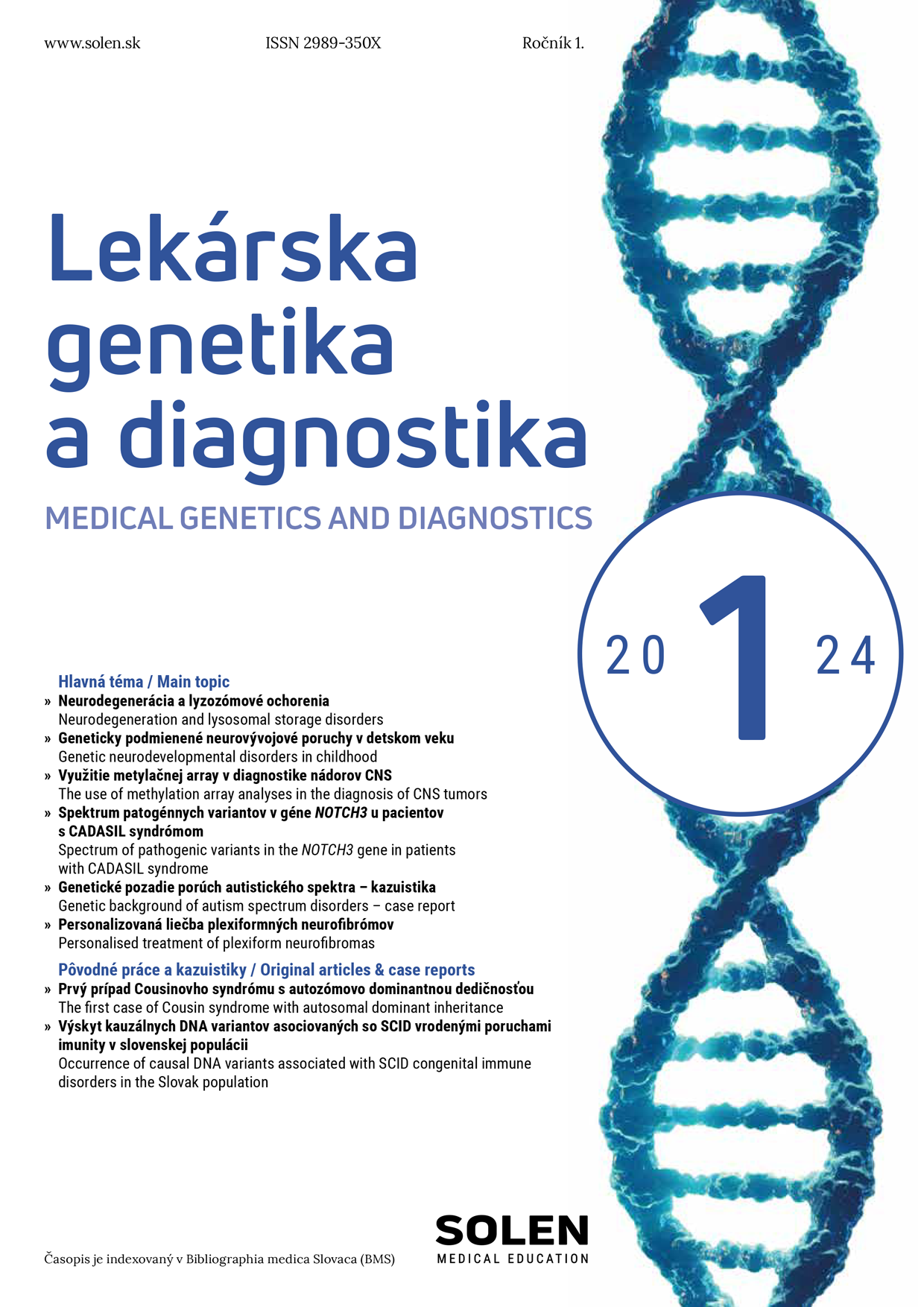Pediatria pre prax S1/2012
Proč je vhodné očkování proti klíšťové meningoencefalitidě?
prof. MUDr. Jiří Havlík, DrSc.
Klíšťová encefalitida byla do čtyřicátých let minulého století neznámou nemocí. Z přírodních ohnisek ve střední Evropě se však rozšířila téměř do všech zemí kontinentu a každý rok je hlášeno kolem 10 000 těchto onemocnění. Tři subtypy viru jsou sice imunologicky téměř shodné, ale klinicky probíhá nákaza šířená klíštětem Ixodes ricinus mnohem benigněji než infekce šířené na Sibiři a Dálném východě klíštětem Ixodes scapularis. Rozhodující prevencí před nákazou je očkování inaktivovanou vakcínou, které je bezpečné a účinné. Proočkovanost obyvatel České republiky je však velmi nízká, proto jsou zde každý rok stovky onemocnění, zatím co v sousedním Rakousku je očkováno podle dostupných statistik 87–89 % populace, ale také jen desítky případů meningoencefalitid ročně.
Kľúčové slová: virus KME, klíšťata, vakcína atenuovaná, vakcína inaktivovaná.
Why is vaccination against tick-borne meningoencephalitis suitable?
Until the 1940s, tick-borne encephalitis had been unknown. However, it has spread from natural reservoirs in Central Europe to nearly all countries of the continent and about ten thousand cases of the disease are reported annually. The three virus subtypes are nearly identical immunologically but, clinically, the course of the infection spread by Ixodes ricinus ticks is much more benign than that of infections transmitted by Ixodes scapularis ticks in Siberia and Far East. The ultimate prevention from the infection is immunization with an inactivated vaccine that is safe and effective. However, the vaccination rate in the population of the Czech Republic is very low; therefore, hundreds of cases of the disease occur here whereas in neighbouring Austria where more than 90 % of the population are vaccinated, only tens of cases of meningoencephalitis occur annually.
Keywords: tick-borne meningoencephalitis virus, ticks, attenuated vaccine, inactivated vaccine.


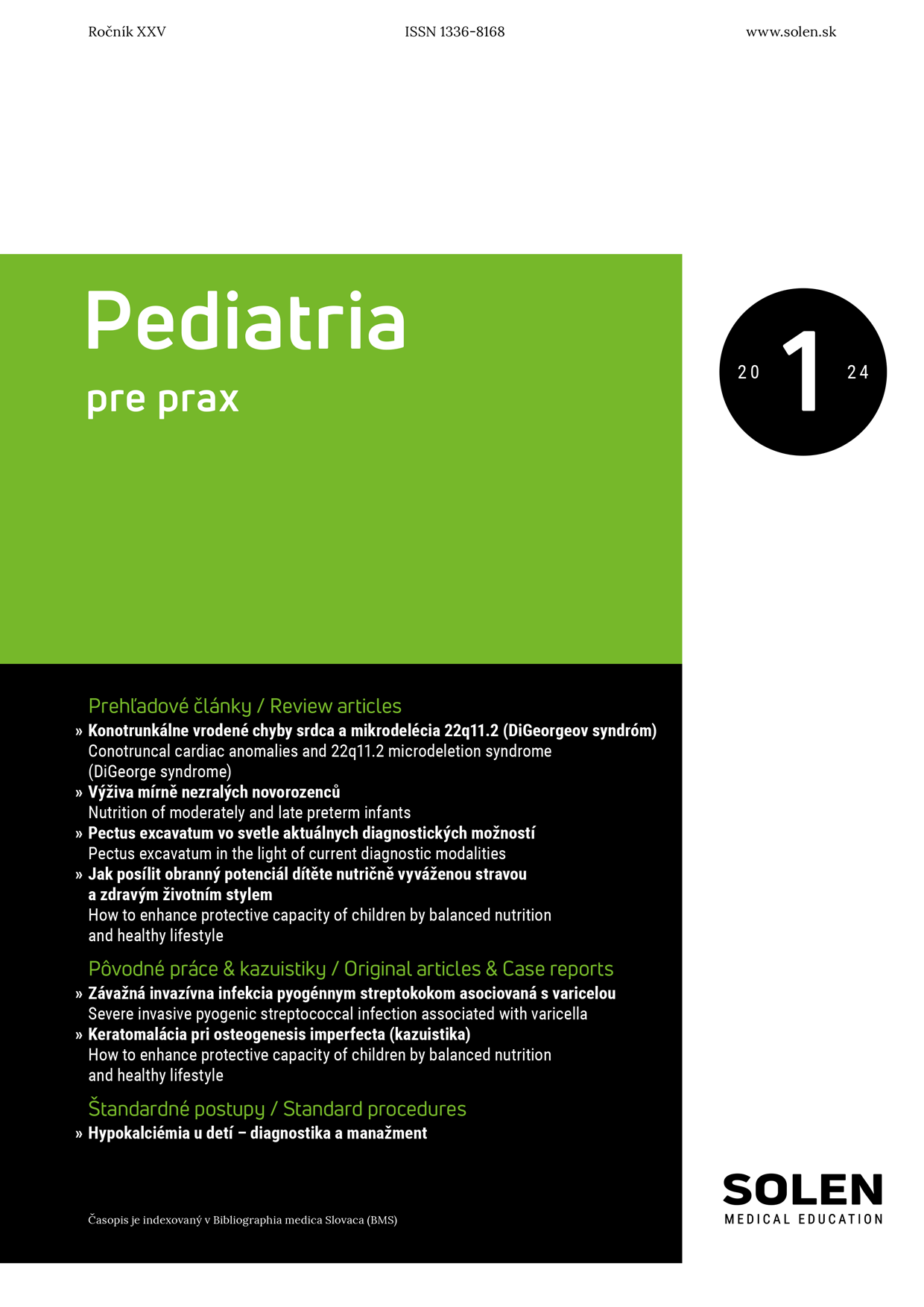
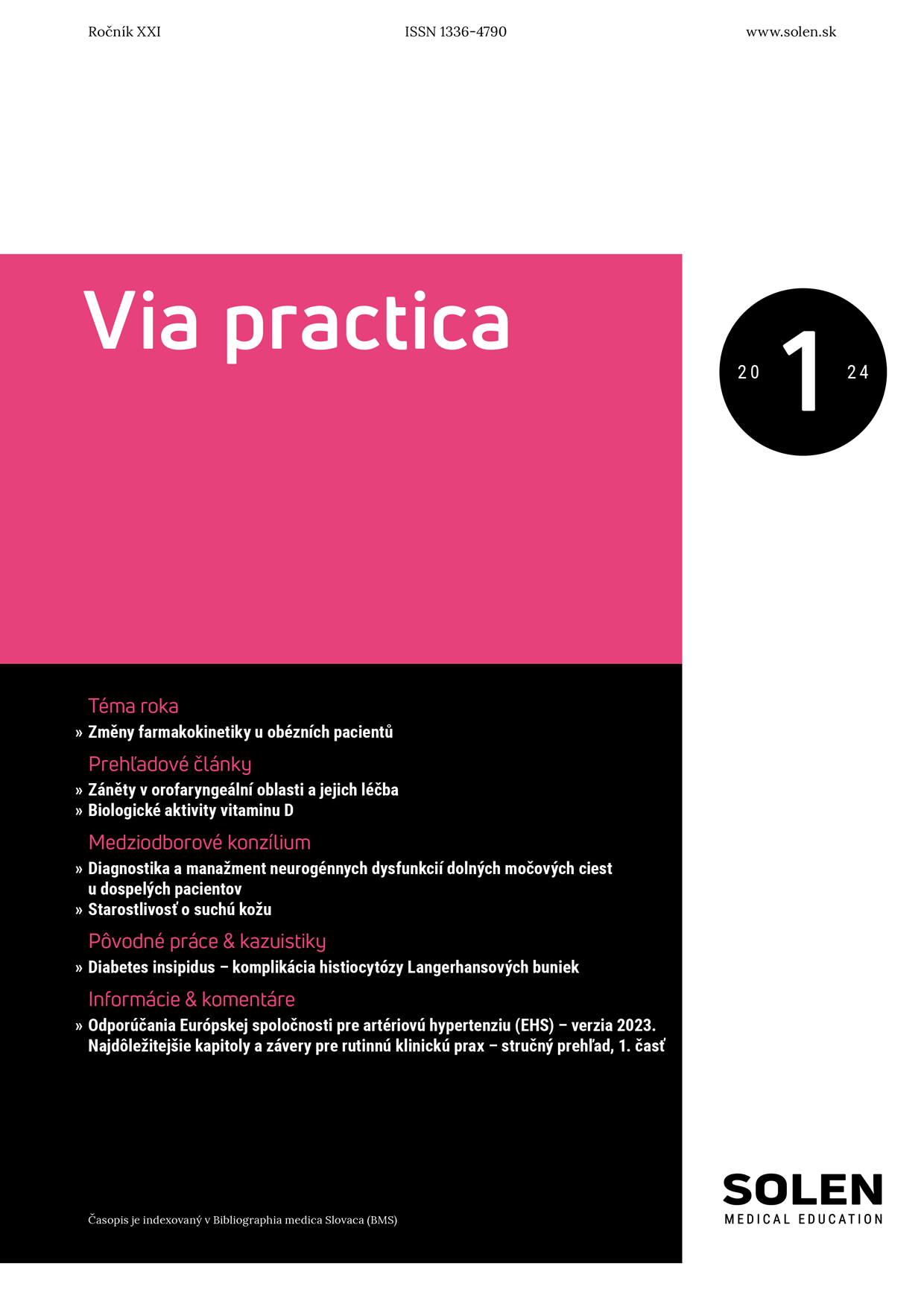
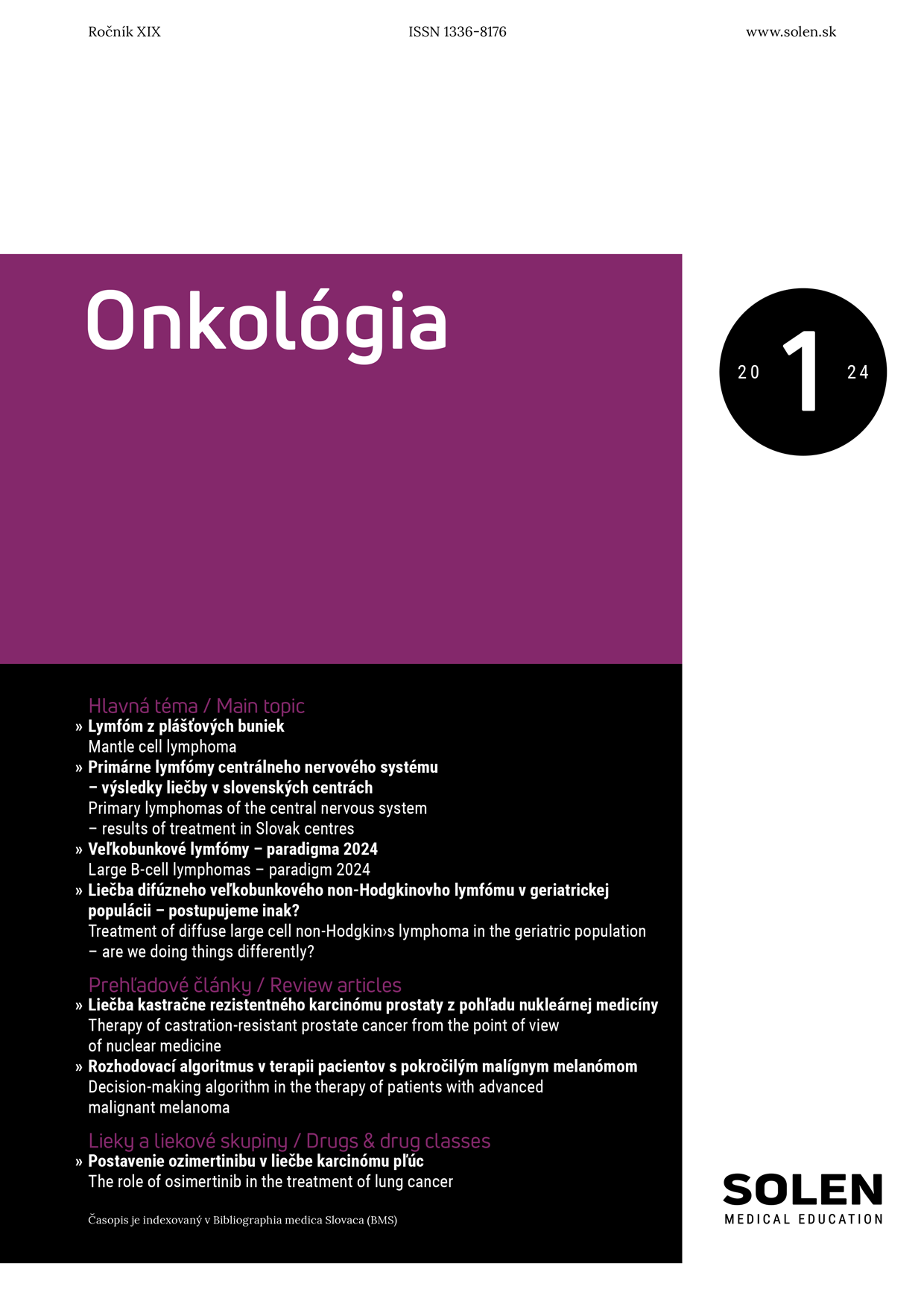
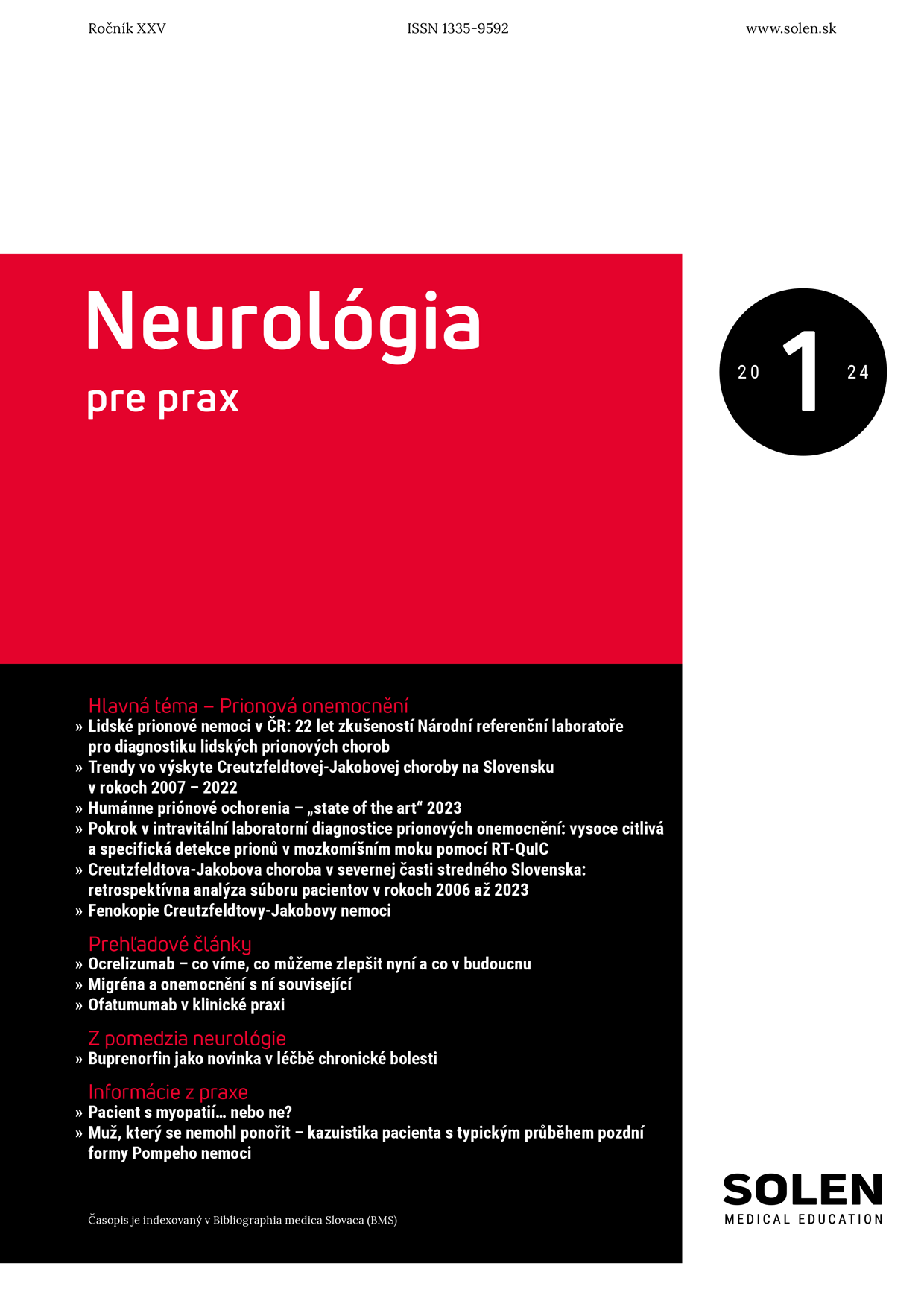
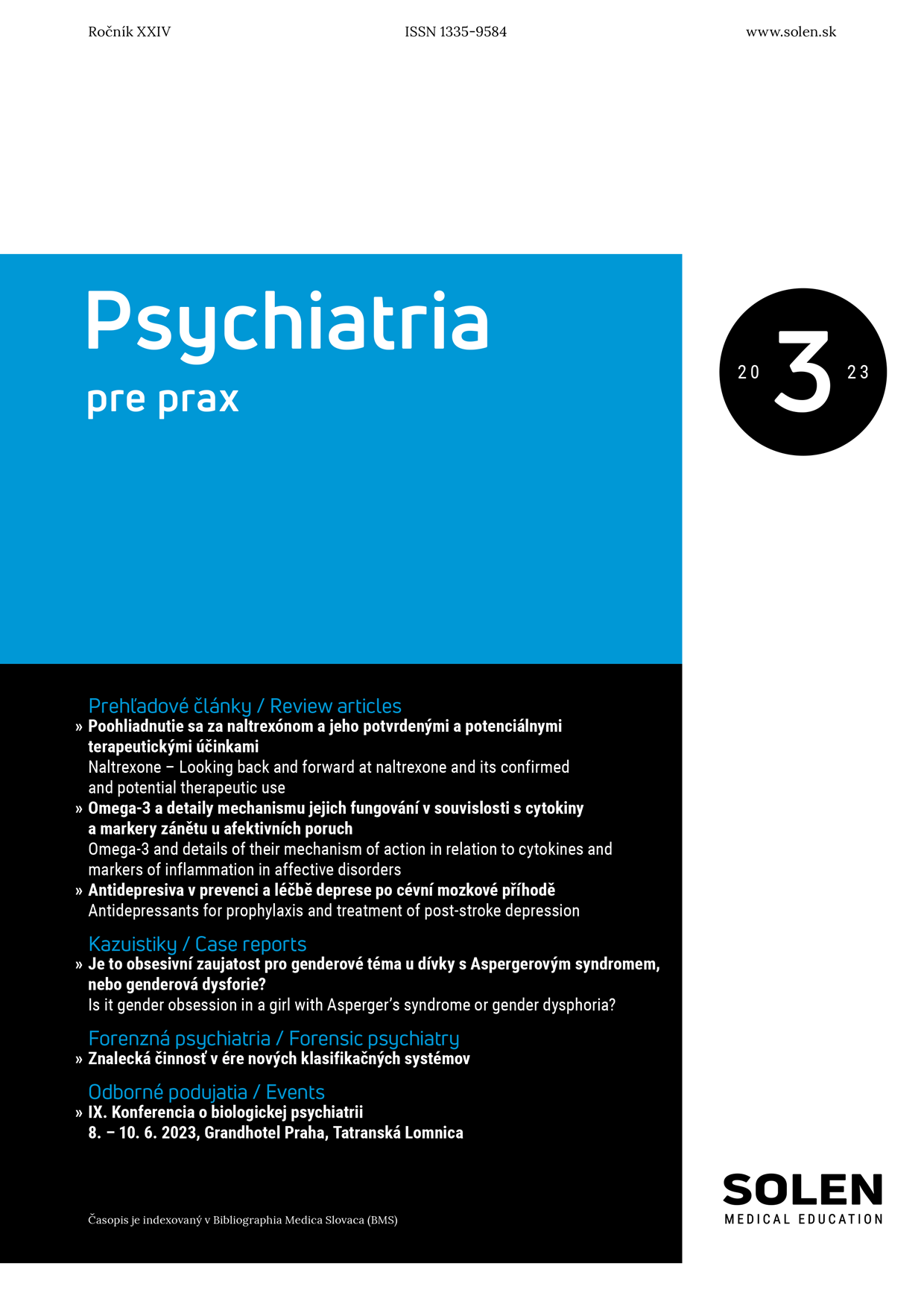
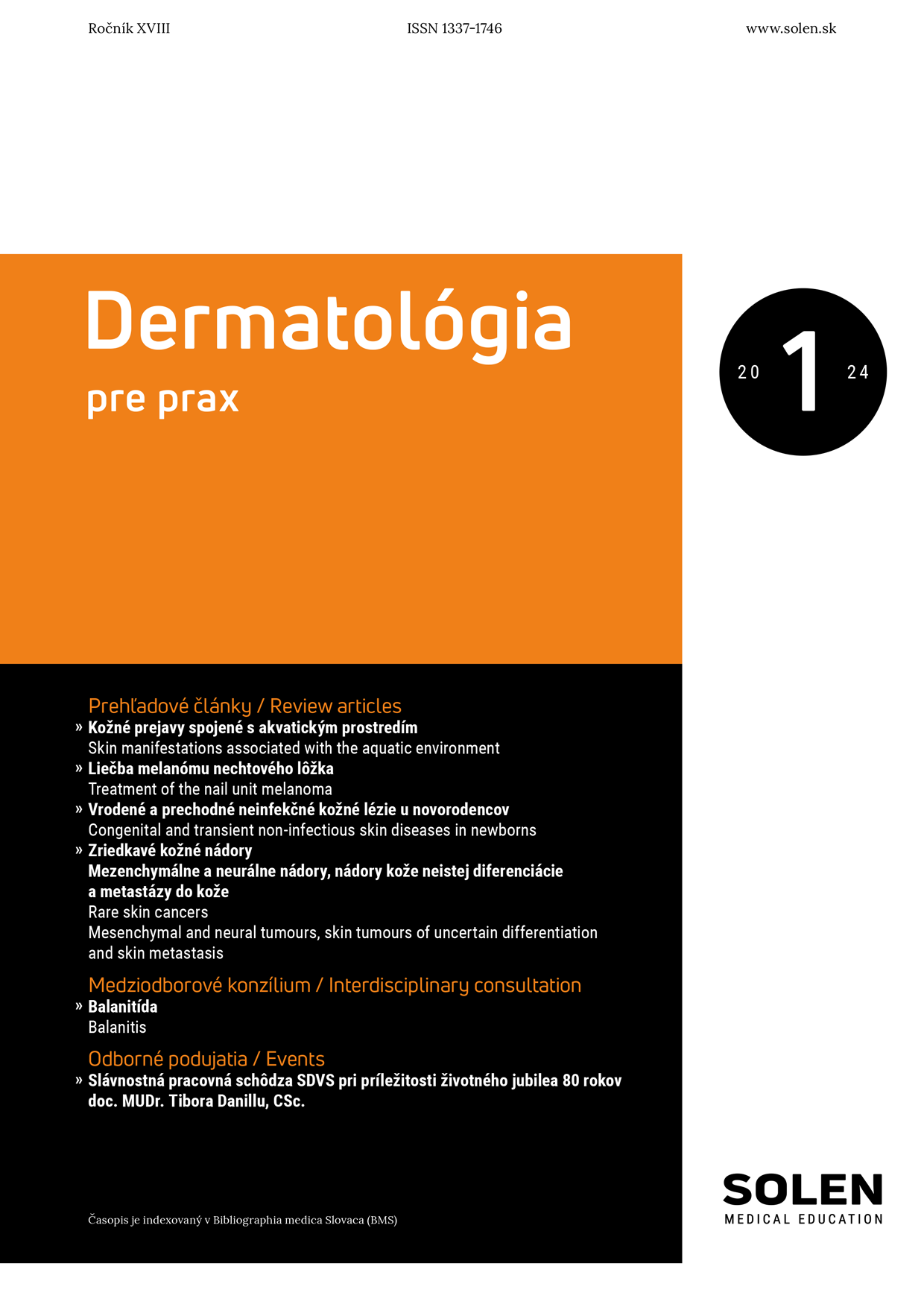
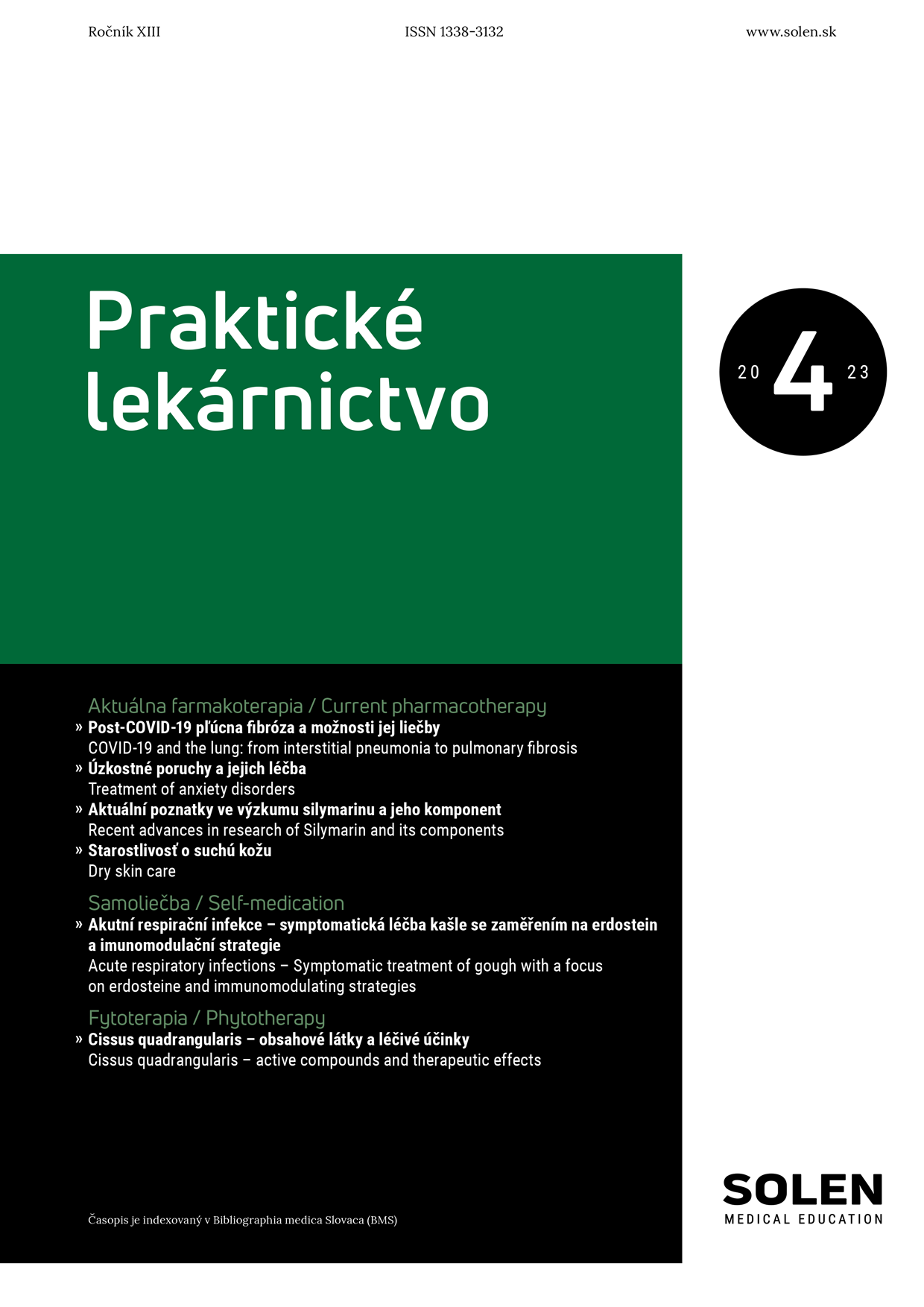
-1.png)
